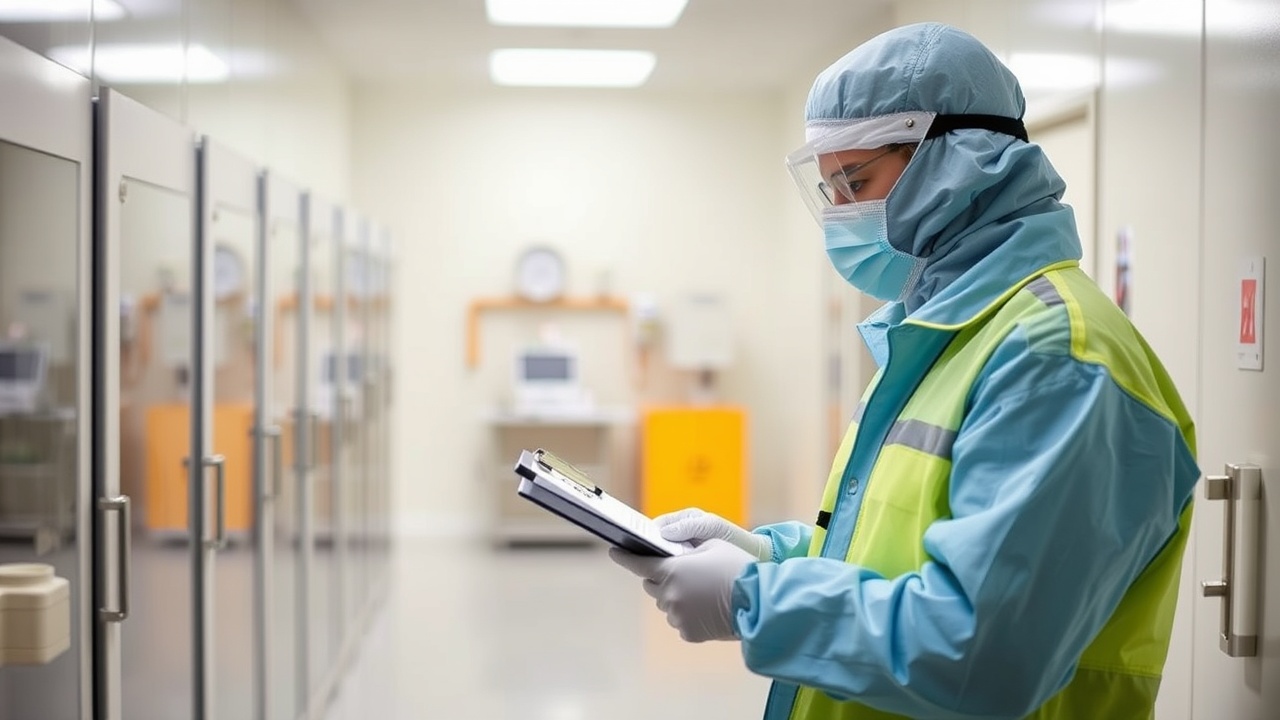Post Remediation Verification Services: The Final Crucial Step
Post remediation verification services are essential to ensure that mold has been effectively removed and that your indoor environment is safe. After a remediation project, it’s vital to confirm that the remediation work was done properly, and post-remediation verification acts as the final assurance for property owners and occupants. This article will delve into the significance of these services, the verification process, and common questions regarding mold remediation.
Understanding Post Remediation Verification
Post remediation verification involves a series of inspections and tests conducted after mold remediation efforts have been completed. The primary goal is to ensure that all mold spores and contaminants have been eliminated and that the affected areas have returned to a condition safe for occupancy. This process often includes:
- Visual Inspection: A thorough visual check of the remediation area to identify any signs of residual mold or moisture.
- Air Quality Testing: Air samples are collected and analyzed to assess the levels of any remaining mold spores in the environment.
- Surface Sampling: Swab tests and surface sampling are conducted to check for mold contamination on surfaces.
- Clearance Testing: Also known as post-remediation verification testing, this step ensures that mold levels have returned to normal fungal ecology.
The Importance of Post Remediation Verification Services
Engaging in post remediation verification services provides several benefits:
- Peace of Mind: Homeowners and property owners can have confidence that their living spaces are mold-free and safe for occupants.
- Unbiased Assessment: Professional mold remediation companies provide an unbiased verification, ensuring that the remediation was effective.
- Prevent Future Mold Growth: Identifying any residual issues can help prevent future mold problems, safeguarding the property against potential water damage and mold contamination.
The Process of Post Remediation Verification
The process typically follows these steps:
- Inspection and Assessment: A qualified inspector evaluates the work area using moisture meters and infrared cameras to identify any hidden moisture or mold.
- Sampling: Air and surface samples are collected and sent to a laboratory for analysis.
- Results Analysis: The lab results are compared against industry standards to determine if the mold levels are within acceptable limits.
- Final Report: A comprehensive report is provided, detailing the findings and confirming whether the remediation efforts were successful.
Ensure successful remediation with our post-remediation verification services. We offer thorough testing & inspection for cleanup clearance (PRV).
FAQs About Post Remediation Verification Services
What is the purpose of post remediation verification services?
These services ensure that the remediation process was effective, verifying that all mold has been removed and that the environment is safe for inhabitants.
How long does the verification process take?
The duration depends on the size of the affected area and the extent of testing required, but it typically ranges from a few hours to a couple of days.
What happens if mold is detected during verification?
If residual mold is found, additional remediation efforts will be necessary, followed by another round of verification testing.
Can homeowners perform their own verification?
While DIY methods exist, it is highly recommended to hire professional services to ensure accurate testing and compliance with industry standards.
How much do post remediation verification services cost?
The cost varies based on the extent of the inspection and testing needed but is a worthwhile investment for ensuring a mold-free environment.
Conclusion
Post remediation verification services are a crucial step in the mold remediation process, providing homeowners and property owners with the assurance that their indoor environment is safe and healthy. By engaging in professional verification testing, you can effectively prevent future mold issues and maintain high air quality standards.

